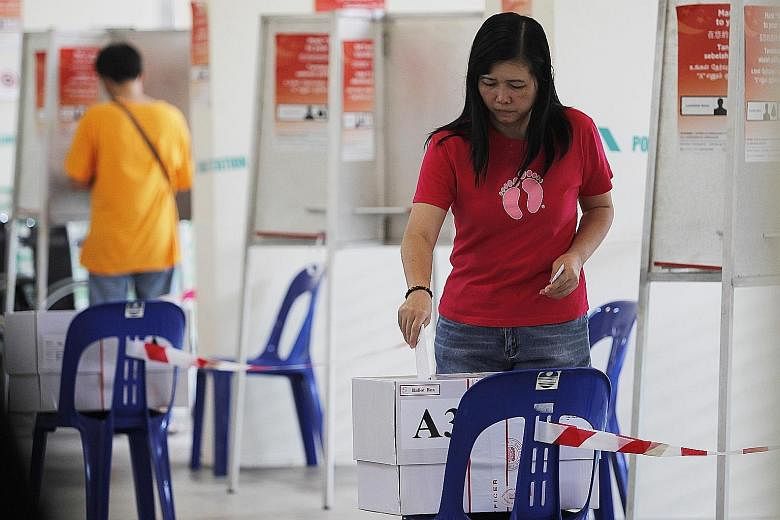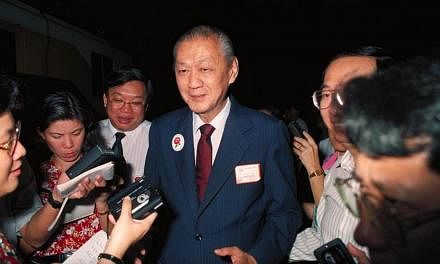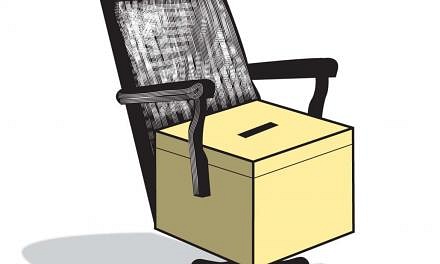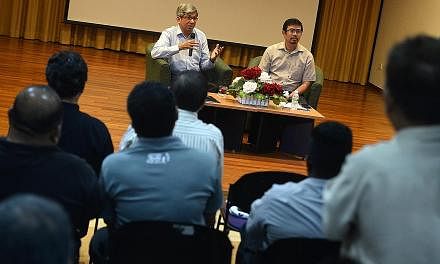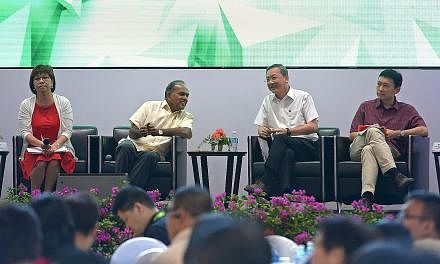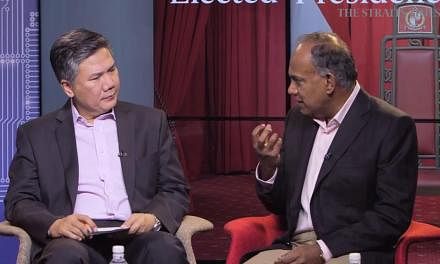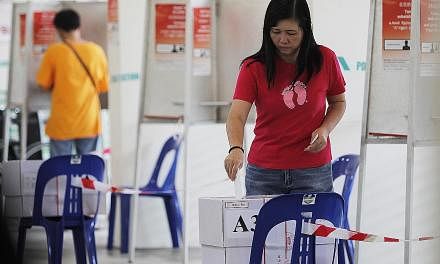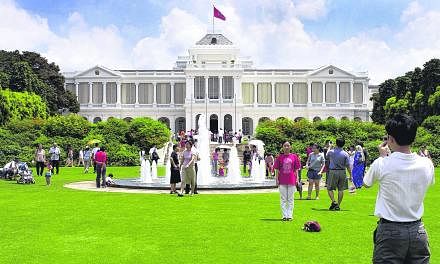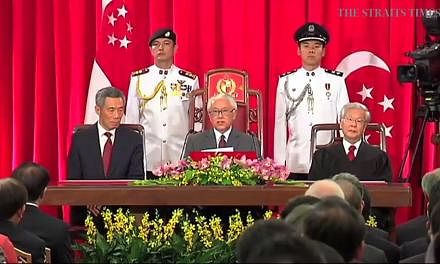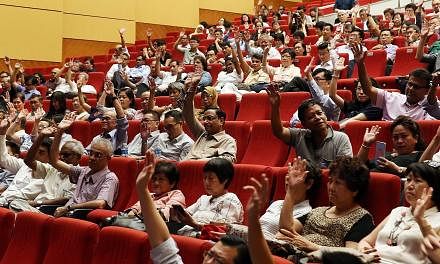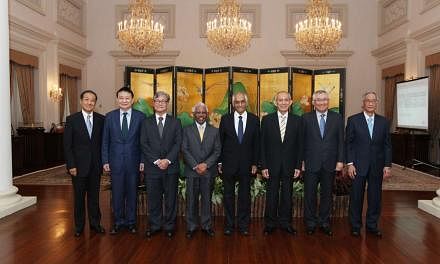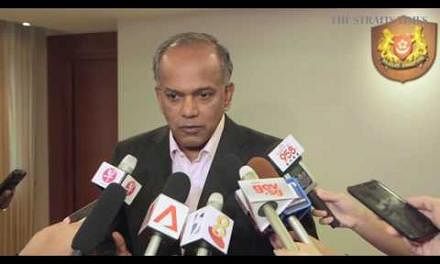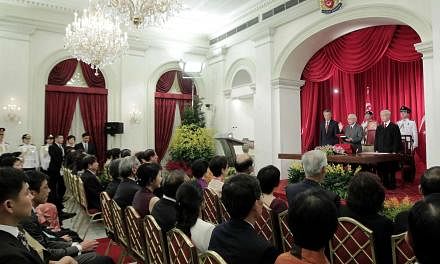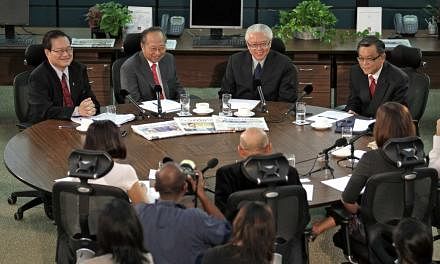Has the bar for potential presidential candidates been raised too high, inadvertently excluding individuals who have what it takes to be the head of state?
Nominated MP Azmoon Ahmad raised this question at last Friday's panel discussion, when he zeroed in on two key amendments to the eligibility criteria suggested by the Constitutional Commission and accepted by the Government.
When the changes kick in, private-sector candidates must have had experience running large, complex companies that have a minimum of $500 million in shareholders' equity - a change from the current requirement of $100 million in paid-up capital.
Also, only the most senior executive in such a company will qualify.
But Mr Azmoon argued that the $500 million figure was not an exact measure of a person's capabilities, and someone helming a company of a lower value may well have better leadership skills.
"I know of top executives, those that lead smaller companies, and they are good leaders and their products are, what I call, low-value products and they will never make the $500 million mark," he said.
Law Minister K. Shanmugam acknowledged that the $500 million figure is a "proxy" for finding individuals with the necessary financial competence. But he highlighted that the same could be said of the criterion, no matter what figure it is set at.
That is why the commission compared the financial figures today with those of 1991, when the elected presidency was introduced, to get a sense of how the eligibility criteria should be revised to better reflect the present economic landscape.
"There is no ideal way of choosing the best person, but if you want to look for markers and proxies, this is what the commission has come up with," he said.
-
The $500m question: What they said
-
AZMOON AHMAD: I know of top executives, those that lead smaller companies, and they are good leaders and their products are what I call low- value products and they will never make the $500 million mark. K. SHANMUGAM: I understand. But how do we devise a system that doesn't look at individuals but can work for the future?
AZMOON: Precisely, that's what I'm trying to point out - this $500 million is still a proxy, it is not a true measure. SHANMUGAM: Yes, it's a proxy.
AZMOON: Yes, so if it's not a true measure, it's just a proxy and that proxy became...
SHANMUGAM: I don't say it's not a true measure, I say it's a proxy.
AZMOON: Okay, a proxy may become a stumbling block, a filtration where it's not real. That's my worry. Can we couch it a bit different?
SHANMUGAM: Right. Well, you have the deliberative track which Gillian Koh pointed, even if you haven't run a company of size of $500 million, but if you can persuade the Presidential Elections Committee that you have this kind of qualities and you have run a smaller company but your company made all these sorts of advances and changes and it's demonstrative of your ability, if you can persuade the PEC that you have comparable experience, then you can still succeed.
And even if an applicant's company does not meet the $500 million mark, the rules include what Mr Shanmugam called a "deliberative track" that allows the vetting body, the Presidential Elections Committee (PEC), some leeway on who qualifies to stand for election.
"If you can persuade the PEC that you have this kind of qualities and you have run a smaller company but your company made all these sorts of advances and changes and it's demonstrative of your ability, if you can persuade the PEC that you have comparable experience, then you can still succeed," he said.
Later, Mr Azmoon asked if it was necessary to restrict qualification to only the top executive position in a firm. A chief financial officer - not as high a rank as chief executive - could actually be the best person to look into the numbers when safeguarding the national reserves, he said.
But Institute of Policy Studies deputy director Gillian Koh pointed out the commission's rationale was that only the most senior decision-maker in a company will have the required expertise and experience.
Mr Shanmugam added that if more executive positions could qualify, the PEC would "be hard-pressed to decide what exactly your executive role was, how significant your role was in the context of the success of the company".
"The commission's view was 'let's be quite clean and neat about it - you show that you are responsible for the company and that it was profitable, that you managed it and for a period'," he said.
Meanwhile, National University of Singapore assistant professor of law Cheah Wui Ling suggested that the PEC's decision on who qualifies to stand for president could be subject to judicial review.
But Mr Shanmugam said the realities of operating such a system would make it too complex and unworkable.
"Let's say a candidate challenges and meanwhile elections are held and someone else is elected, the court ruling may come 18 months down the road. I think judicial review in such cases is not the best or most practical solution," he said.
